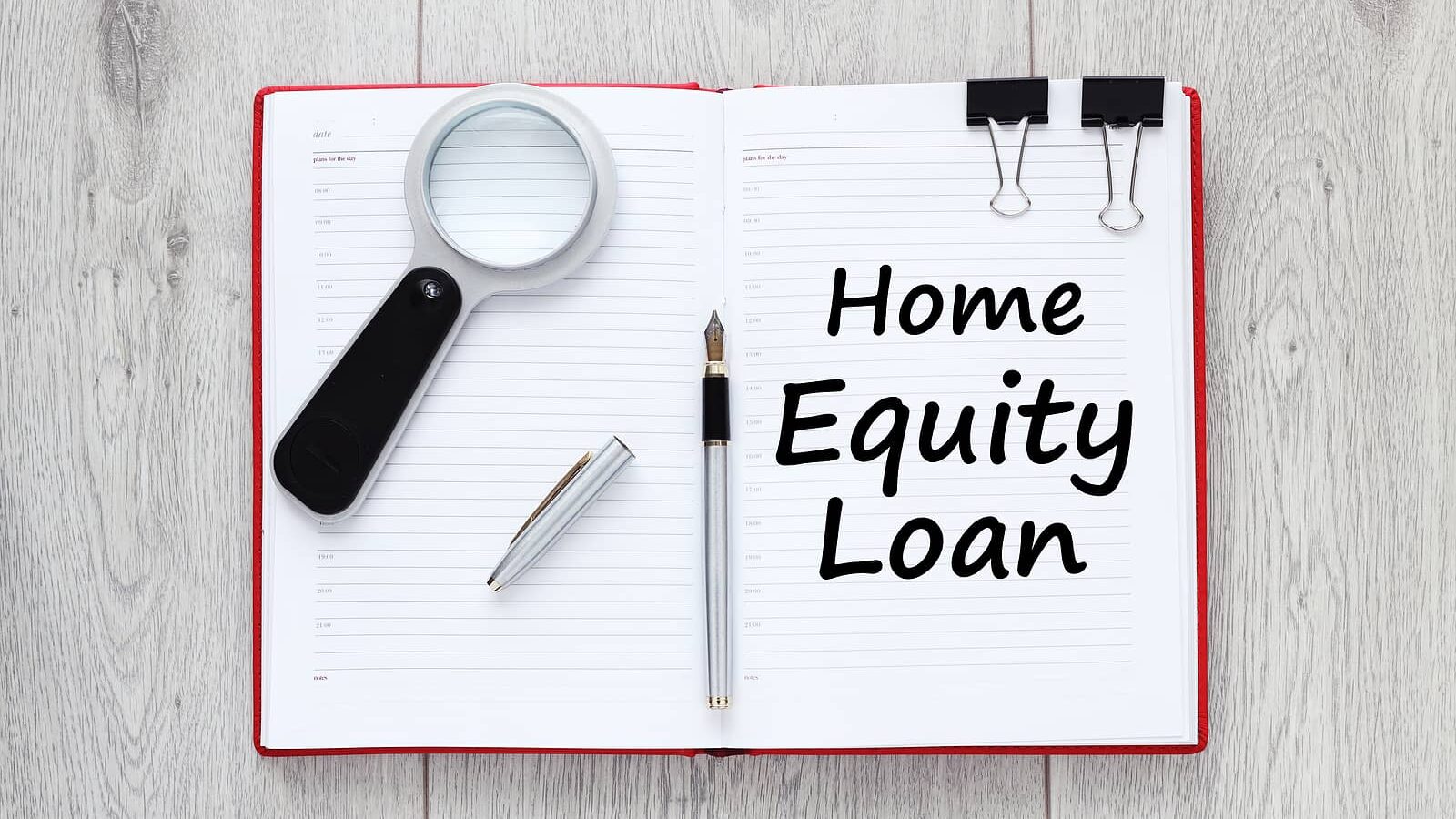
Having a home in Ontario is advantageous since housing prices tend to increase in the long term, and real estate can be used as collateral on a loan. When a loan is registered with a home as collateral, it is usually called a “mortgage.” Mortgages allow homeowners to borrow more money at lower rates than other loans, such as credit card loans.
A key concept for mortgage approval is “home equity.” Home equity is the difference between the market value of a home and the outstanding balance of all debts on the property. Most homeowners buy a home using a first mortgage, which is paid down on each monthly payment. As the balance of the first mortgage shrinks, the home equity grows, and homeowners can use this equity as collateral on additional mortgages.
Several second mortgage options are available for those homeowners with sufficient equity built into their properties. Ontario homeowners favour flexible home equity loans, a popular second mortgage choice for various financial needs.
Different established lending options offer the option of a home equity loan for interested Ontario homeowners, even if a homeowner has poor credit.
Lending Choices for Ontario Homeowners
Although many may believe that banks represent the only route to second mortgage financing, there are other well-established lending options for existing Ontario homeowners. In the mortgage industry, lenders are classified into three broad categories. These lenders are known as A, B, and C lenders. The borrower’s ability to meet the qualification criteria solely determines the categories for mortgage financing.
The Three Broad Categories of Lenders Include:
A Lenders— These lenders are the banks. Banks will put borrowers/homeowners through rigorous mortgage stress tests and require a credit score of at least 600. Lenders will also prefer traditional yearly, full-time income, which is easy to calculate when determining mortgage financing approval.
B Lenders— These lenders are credit unions and trust companies. B lenders require a minimum credit score of 550 and prefer traditional, easy-to-calculate household income.
C lenders— Private lenders are called C lenders in the mortgage industry. They lend on an individual basis or as part of a group of private lenders, and mortgage brokers specialize in providing private second mortgage financing.
The Criteria That Most Lenders Focus on Can Be Boiled Down to:
- Credit
- Income
- Debt ratio compared to income
- Other financial assets
- Current home value
- Existing home equity
The main criteria that most Ontario lenders are looking for when determining mortgage financing are based on the overall level of creditworthiness, degree of household income, and low household debt ratio requirements.
If a homeowner doesn’t meet the strict criteria of traditional lenders, there are private lenders established in Ontario who will be able to offer second mortgage financing based on other criteria. Private lenders assess home equity, property value, and condition to provide short-term loans despite poor credit and debt ratios.
What Is a Home Equity Loan Used For?
A home equity loan in Ontario is an effective and versatile option for fulfilling your short-term financing and financial objectives, just like any other type of second mortgage loan. Don’t take out an additional debt obligation like loans when you have the option to tap into the equity in your home to meet your short-term financial needs. Uses can vary and could include:
- To pay down high interest debt, such as credit debt with interest rates that can be as high as 29.99%
- Consolidate debt into one manageable monthly payment with an overall lower interest rate
- Home renovation projects that are pressing
- Pay of student debt
- Use money for business needs
- Help adult children with short-term financial needs
What Is the Structure of Home Equity Loans in Ontario?
What exactly is a home equity loan? A home equity loan lets you borrow against your home’s equity, receiving a lump sum with your house as collateral.

A home equity loan can be used for many purposes, including paying off liabilities and using the funds for immediate financial needs such as home fix-ups. A lender will approve a home equity loan by assessing the Loan-To-Value (LTV), degree of equity, and your home’s appraised value.
An LTV ratio is the percentage of the property’s value owed in mortgages. If a homeowner has a home worth $1,000,000 with a $500,000 first mortgage and is requesting a $250,000 second mortgage, the LTV ratio for the requested mortgage can be up to 75% of the property’s value. To get the lowest interest rate, you will need a loan-to-value ratio below 65% and enough income to cover the monthly interest payments. Private lenders will offer a rate between 8% to 12%. The lower the LTV, the better the rate.
The banks will require exemplary credit and tend to calculate an LTV of typically 95% loan up to 95% of the appraised value of your property. To get approval for a home equity loan, you must provide solid proof of substantial equity.
If poor credit has closed the door to securing a home equity loan through a bank, a private lender (C lender) can negotiate short-term home equity financing based on a current appraisal of your home.
A private lender determines LTV based on your home’s equity. Higher risk due to poor credit or debt limits LTV to 75%. They will be looking for:
- At least $70,000 in existing equity in your home
- Assessing the current appraised value of your property
- Evaluate the current condition of your property
- Assessing any ongoing issues, such as mould or water damage on your property
- Any additional financial assets that may be applicable for additional leverage for the home equity loan
Mortgage Rates and Fees for Private Home Equity Loans
Private mortgage rates will be slightly higher than their bank counterparts. This relates directly to the deemed higher risk of the mortgage loan due to poor credit and potential higher debt levels of the borrower/homeowner.
Generally, a private lender charges a mortgage rate between 7% and 12%. The ultimate interest rate will depend on the homeowner’s unique financial picture. Any associated fees typically range from 3% to 6% of the total cost of the loan. Seeking to consolidate debt, renovate, or fund expenses? Our experienced mortgage brokers offer seamless navigation. Reach out for assistance.
